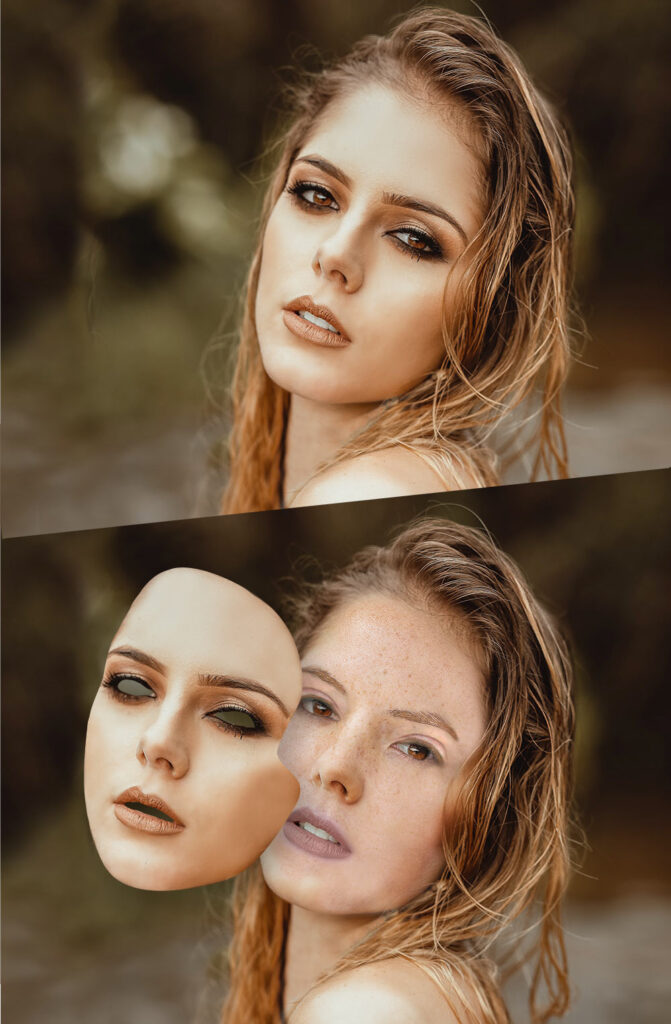Game / Show
The tenant in my next-door neighbor’s house apparently likes to watch “Family Feud.” For hours at a time, as I sit at my desk next to an open window, I hear Steve Harvey’s voice echoing contestants’ answers, followed each time by the drone of a buzzer or the rapid striking of a bell. Eventually, one of the two competing families wins a round, at which point the team members cheer, the audience applauds, and a celebratory fanfare plays.
I’m OK with most of this. The part that irritates me, though, is the fanfare. Unlike Groucho Marx’s 1950s game show “You Bet Your Life,” where there was an actual band on set, “Family Feud” relies on recorded music. Hence, every time that piece of victory music plays, it’s exactly the same, down to the last little tag-note. Just as a spoken word, when repeated sufficiently, begins to lose its meaning, this snippet of music feels increasingly arbitrary. Cheering is a natural response to winning; repeatedly playing a canned music clip is not.
My reaction to “Family Feud” reminds me that I often don’t perceive things the way I’m supposed to. I’m presumably intended to experience a team’s win as a single, heightened moment, with the cheers, applause, and music constituting an integrated whole. Instead, what I perceive is two essentially unrelated events happening at the same time — the team celebrating onstage, and a technician in a control room mechanically punching a button on an audio console.
Another example of my failure to perceive things the way I’m meant to is makeup. People use makeup to alter the way others see their face. They may use concealer and foundation to smooth out their complexion; bronzer and blush to enhance their bone structure; eyebrow pencil to fill in and shape their brows; eyeliner, mascara, and eye shadow to accent their eyes; and lipstick to emphasize and perhaps reshape their lips. I know I’m supposed to view the result as a single, integrated face, and consider that to be the person’s appearance. But what I actually see is two separate things: a living human face, and a layer of cosmetics that obscures parts of it. Essentially, I’m seeing a person wearing a less blatant version of a Halloween mask. Of course, I have nothing against Halloween masks — it can be fun to change one’s appearance and take on a different persona — but I can’t go so far as to look at a mask and take it to be who the person is.
(A seemingly unrelated side note: When I teach Photoshop classes, I caution my students that, despite featuring a whole category of filters called “Sharpen,” Photoshop can’t actually sharpen anything. True sharpening would require Photoshop to have information that it doesn’t have — that is, to know what the fine details look like that are blurred out in the image.1 Instead, Photoshop gives the illusion of sharpening by looking for edges and increasing the contrast on either side of them. In explaining this, I offer the analogy of people who use eye makeup to make their eyes appear bigger. The makeup doesn’t actually increase the size of their eyes; it can only create the illusion of larger eyes. In both cases — Photoshop and cosmetics — the illusion becomes less convincing the more closely you look.)
As in other situations I’ve described, I don’t know whether this inability to mentally merge a face with its makeup is just my own, or whether it’s shared by other people. For anyone like me who perceives makeup as an artificial barrier, however, there’s a sad irony: Presumably the person applying makeup is doing so to appear more attractive, and thereby increase the possibility of human connection. But when I meet someone who appears to be hiding behind a mask, it diminishes my ability to feel a connection with them.
I can’t leave the subject of makeup without mentioning a longtime source of bafflement: colored nail polish. If people painted their ears red or their nose green, we would consider that quite strange; but if they paint their nails red or green, it’s considered attractive and normal. In short, humans are weird.
- It has now become possible to do something much closer to true sharpening by means of machine learning. If we train a computer by giving it millions of digital images to analyze, it develops the ability to look at a group of pixels and predict, with uncanny accuracy, what the surrounding pixels ought to look like. This is clearly where the future of image sharpening lies, but it will no doubt take some time before Photoshop can do it.
